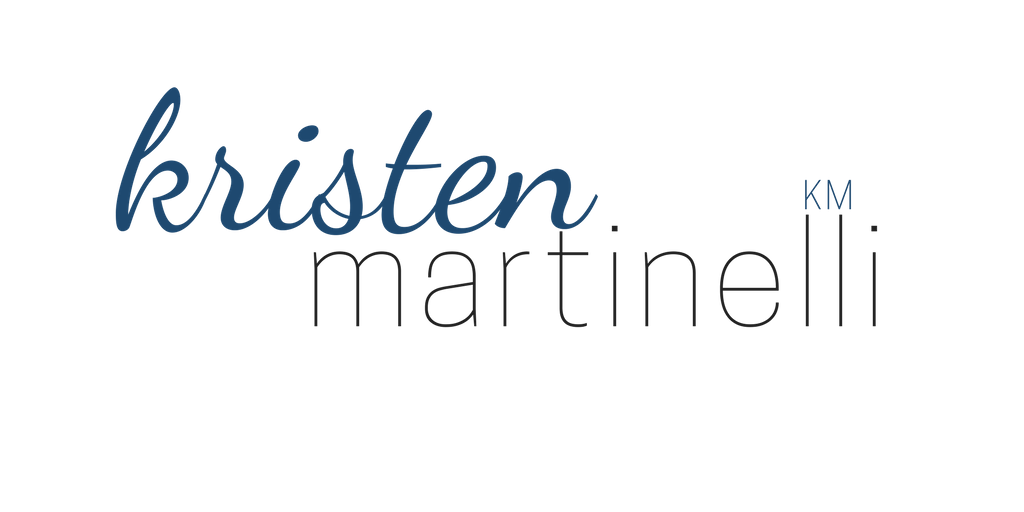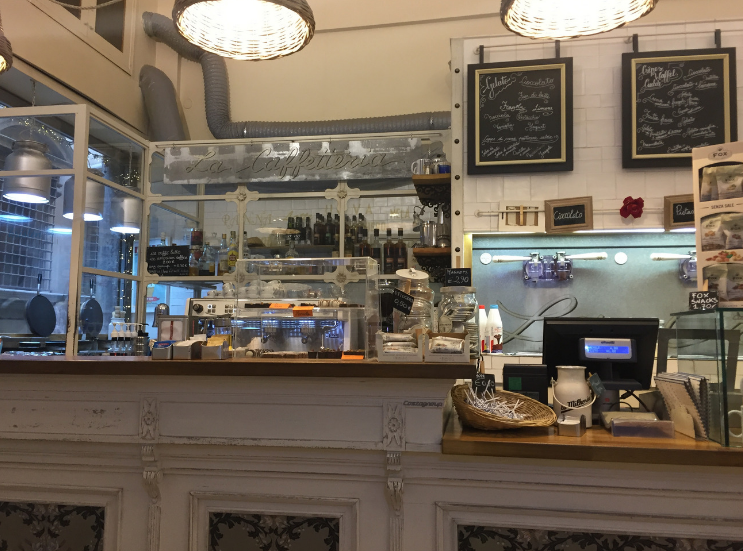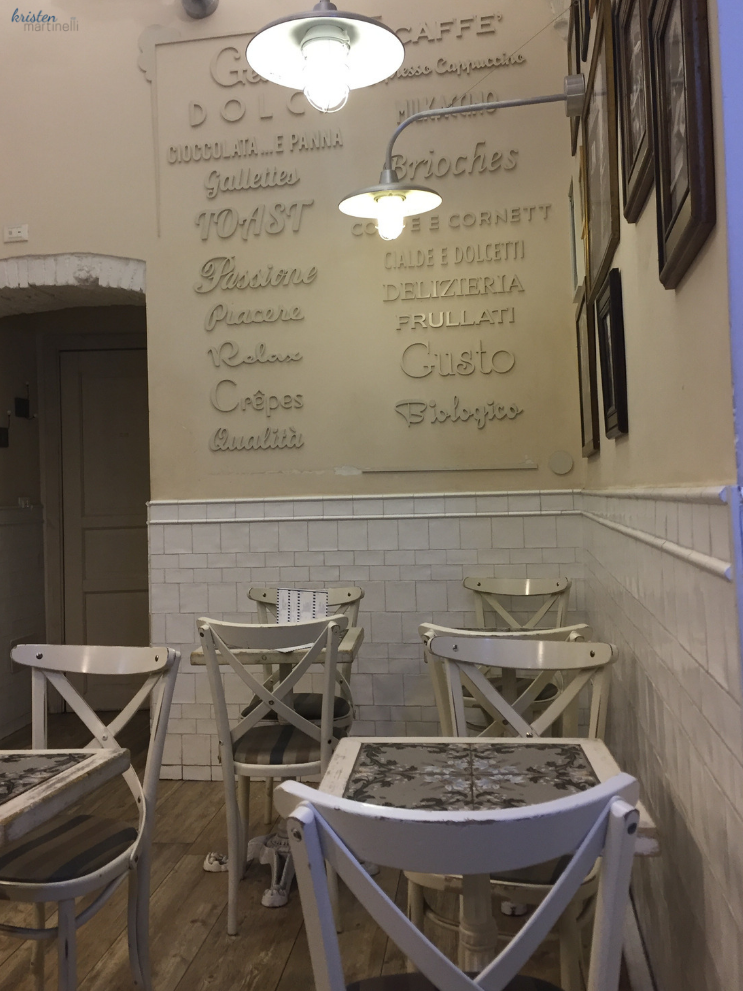La Milkeria and the Bridge of Gold
Published December 16, 2018
I woke up early on the morning of Day 2 in Florence. I planned on having breakfast and buying museum tickets for the day.
I used the map that Azadeh provided me to find a breakfast location to eat at. Of the places listed, I tried to refer to their menu (and not their TripAdvisor stars), to see what was good. In the end, I decided to adventure to a small cafe called La Milkeria.
Florence Mornings
I passed the Duomo and Cathedral on my way to La Milkeria. The morning sun accented the deep orange-brown colors of the Spanish-style roof — and the shadows in the cream colored molding.
Across the wide cobblestone square, a musician played a guitar that echoed throughout the space. A mother and daughter sat on the wide concrete bench. Most of the shops around the Duomo were still closed this early in the morning.
I followed my GPS down the narrow streets — passing museums, souvenir carts, and churches.
I stopped at one cart at the intersection of many narrow side streets. Most of the street carts offered the same souvenirs, just at varying prices. This cart sold post cards, Firenze shot glasses, and decorative leather owls.
I pursued the cart with two other women. The cart-owner sat in his little window, watching us. As we walked around the different hanging displays, a yellow lab came around the corner and approached us. He had no collar or tags, but he was chunky and friendly. When he was finished with us, he chose one person and followed them down the street until they pet him. He continued in this pattern before disappearing down a side street.
Was that a stray?! I wondered, peeking around the corner after him. Or did someone lose him?
Plenty of people in Florence walked dogs: from French bulldogs to Great Danes and Pit bulls. I wasn’t sure if they were Florentine’s or dog-owners with their travel companions.
I continued walking as I thought about the yellow lab, and realized I was several blocks past my turn for La Milkeria. The street I needed to turn onto was right next to the souvenir cart.
An Off-the-Path Cafe
The building on my right looked like a museum. Apple Maps told me La Milkeria was here. I was worried that it was inside the building — like one of the museum cafes.
Instead, the stones exterior stopped and La Milkeria’s glass windows and doors invited you into the space.
I stepped through the doorway. The counter to my left stretched the length of the room, starting with the coffee bar area, then the register, and finishing with the gelato counter.
It was 9:30 am and I was the first person in the cafe. One man and one women worked opposite ends of the counter.
I spoke to the woman, “Hello, do you have a menu?” She handed me a two-sided, blue laminated menu. I sat down in the middle of the dining room, which was filled with white two-top tables.
I realized after skimming beyond the first title, that the entire menu was in Italian. So what did I do? Google translate — which was surprisingly accurate.
I knew a few of the Italian phrases, and contextually I could decode the rest.
If you know me, you know I am not a fan of breakfast foods. I prefer to eat my leftover dinner from the night before. However, I was not eating the radicchio risotto from Le Cappelle for breakfast. So there I was, debating if a waffle or a salad would be the most filling meal for wandering around Florence.
Breakfast Lessons
From both observation and experience I learned the following:
Most people (tourist or otherwise) had espresso for breakfast and that was it. One shot of espresso, swallowed in a gulp, and they were on their way.
Eggs were not a breakfast option.
Which — being an American, was a bit of a struggle because I was used to having hearty, protein-packed breakfast options.
My Breakfast
I wanted something for breakfast that I couldn’t have at home, or was authentic to Florence. Here’s what I chose:
Crêpes with Pastry Cream Filling
I think I’ve eaten crêpes about three times in my life. I figured being in Europe would be a good opportunity to order them.
The pastry cream is the main reason I ordered this. True pastry cream is decadent and rich, and I figured that would be a special treat that you don’t eat every day.
I also ordered a cappuccino, because that’s the easiest drink I could say.
Reclaimed Interior Design
I ordered my food at the register, pointing to the menu because the barista didn’t speak English.
La Milkeria was a charming cafe. Everything had a vintage, reclaimed farmhouse style to it —which was different from what I saw in Florence thus far.
The interior was white, cream, and blue. Hung on the far back wall were different eatery phrases in wood and metal. La Milkeria’s logo faded like a stamp into the white-brick wall. The tables (one of their signature items), seemed handmade with their painted tiles.
La Milkeria used wicker baskets as lampshades over the counter. Mugs and La Milkeria branded stickers and pens sat for sale in metal tins near the register.
The Family Cafe
A couple with a younger toddler stood at the coffee bar and drank their shot of espresso before moving back out to the street.
A family of four came in and couldn’t find a table to sit at. I offered them mine, since I was in the middle of the room, and took the two-top table against the wall, in a little alcove.
The father of this family ordered Nutella crêpes. The mother had an espresso. The daughter picked at a croissant and the son devoured a vanilla gelato.
Two American girls sat in the back right corner. I watched them interact with the Italian barista. They asked for “silverware,” to which they revised to “cutlery,” and then “Fork? Knife?”
It was moments like this that I thought about word choice and cultural differences.
The restaurant was now full and busy. I was still waiting for my food. The woman behind the counter was cooking in the kitchen. The barista would call out the orders in Italian and place them on the counter.
Several plates arrived at the same time, and I had no idea what he shouted, so I waited for everyone else to take their dishes before claiming mine.
Crêpes and Cappuccinos
I tried the pastry cream before anything else. It was true custard-style cream. This was a pleasant surprise, as some bakeries or restaurants try to pass off vanilla-flavored whipped cream as pastry cream. There is an apparent difference, and I am glad La Milkeria delivered as advertised.
The crêpes were well done: thin and folded in on itself to hold the layer of pastry cream. They were warm and topped with powdered sugar. Looking at the portion, I didn’t think it would be enough for me. But, the cream was so heavy and filling that it was more than enough.
Fruit lined the right-hand side of the plate. Diced strawberries were juicy and had the sweet, picked-from-the-vine texture. The pineapple was fine. The kiwi was strange. It had a different color than the bright green I was used to. The flavor was odd — so I wonder if it was a kiwi at all, or some other fruit.
My First Cappuccino in Italy
La Milkeria seemed like the Starbucks of Italy, considering the number of people who stopped in just for coffee.
I was happy with my cappuccino’s presentation — the mug was a perfect size, plus the decorative detail.
The cappuccino itself had the proper ratio of froth to espresso: enough to take a sip each time with froth, but enough espresso that you actually get caffeine.
The espresso was perfect — not as strong or as shocking as Caffè Vero, but balanced enough that I didn’t have to mask it with sugar packets.
Self-Service and Stickers
You could sit a La Milkeria as long as you wanted. The couple near the American girls left, placing their plates and mugs on the counter. Four couples with their teenage sons came in and pushed together the rest of the tables in the back.
Since I was trapped in the corner, I had to wait until one of the tables left, to pay for my meal. I didn’t want to squeeze between chairs carrying dirty dishes and all of my bags.
When one of the family’s finally left, a line had formed in the entryway. Some people were waiting for coffee, but most wanted to sit down and order. A girl about my age took my table as I cleared away the dishes.
I stood with the American girls, waiting for the barista to ring us up. It took a while, but the cafe was packed, and he was serving the food and making the coffee orders.
I don’t remember the exact total my breakfast came to, but it must’ve been around €15, plus a La Milkeria sticker.
The Uffizi Gallery
Full and energized I walked my way over to the Uffizi Gallery, hoping to purchase tickets in person.
The top of the Palazzo Vecchio
When I arrived outside the gallery I went to the ticket office window. “Hello, is it possible to buy tickets to the gallery?”
“Yes, around the corner of the building.” The man answered.
“Around here?” I pointed to the left of the ticket office, where a long path went down the length of the gallery before opening up into a square.
“Yes, and to the right. But — the wait for tickets is six hours.” He added.
“Six hours?”
“Yes, come back tomorrow.”
Umm…. “Okay.”
He took the next person in line. I stepped out of the way. People were bustling in between our line, which stretched across the main walking path.
What was I going to do? I didn’t want to waste six hours of my day standing in line just to buy the ticket…
I wandered out of the way of people and decided to explore the nearby buildings around the Uffizi Gallery.
Piazza della Signoria
A few feet from the Uffizi Gallery is the Piazza della Signoria which has the the Loggia dei Lanzi or “outdoor room” featuring gorgeous sculptures.
These sculptures were unreal. Not only for their dynamic poses, but because they were stone. Its easy to forget that an artist had to chip away at stone to create these expressive faces and detailed anatomy.
To the left of the Loggia dei Lanzi is the Palazzo Vecchio. In front of its entryway is the statue of Hercules and Cacus as well as the replica of the Statue of David.
The Ponte Vecchio | The Bridge of Gold
After photographing the Piazza della Signoria, I sat on the stone steps to figure out my adventures for the day.
Since I hadn’t pre-purchased my tickets to the museums on this end of Florence, I figured I could explore the Ponte Vecchio, and see if the museums on the other side of the river had tickets.
The Ponte Vecchio (also called the "Old Bridge") was built in 1218 as the first bridge to cross the Arno River. It was also the only bridge to withstand the destruction of WWII.
For tourists in Florence, this particular bridge is famous for its gold jewelry shops (hence the nickname "The Bridge of Gold").
The View from the Arno River
As the street widens for the bridge and gold market, you can see to the left and right are great views of the Arno River. A thick stone wall separates the road from the river.
The exterior buildings from the bridge protrude out over the river like a Dr. Suess novel. Similar architecture perches across the riverfront — hotels and businesses and private accommodations. Farther down the river is the Ponte Santa Trinita.
The Bridge of Gold
The street widened at the entrance of the Ponte Vecchio. Each shop had wooden doorways and wide, glass windows. The gold jewelry dazzled and glittered from its hooks and cushions — it was difficult to focus your eyes on one piece.
I didn’t buy anything — as the price is what you would expect for European gold jewelry. But I did enjoy walking around and perusing the window displays. I almost bought my dad a cigar punch (thinking the price was €35), until I saw it was really €350.
The Monument-Fountain of Benvenuto Cellini
I explored the rest of the bridge. The shops split in the middle of the bridge, where there was an opening and ledge to take photographs of the river.
In the middle of this open area was a gated fountain. In its center was a bust of Benvenuto Cellini. Tourists threw coins into its waters and attached locks with their initials on its gate.
In all, it was a beautiful view of the river. In the distance I could see the cupola and Duomo. On the other ledge, the view drew your attention to the mountains and trees.
The sun was just rising to the afternoon height, and the temperature was warming into the 70s. I was just beginning my adventures for the day.
Florence Day 2 | Panini & Vini
Day 2 | Part 2 in Florence brought me across the river for an outdoor adventure and delicious lunch. You can read about it here.


























